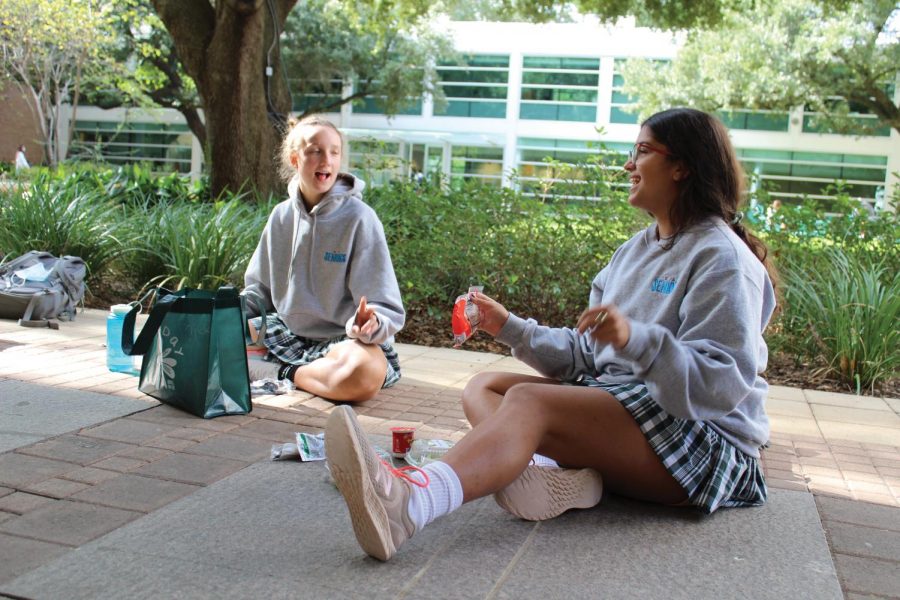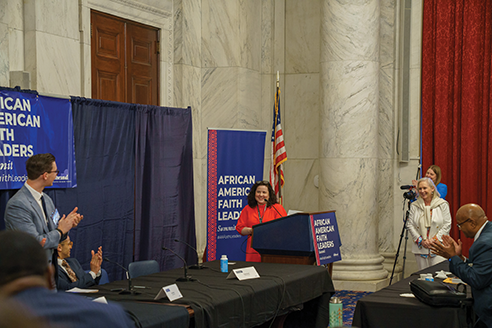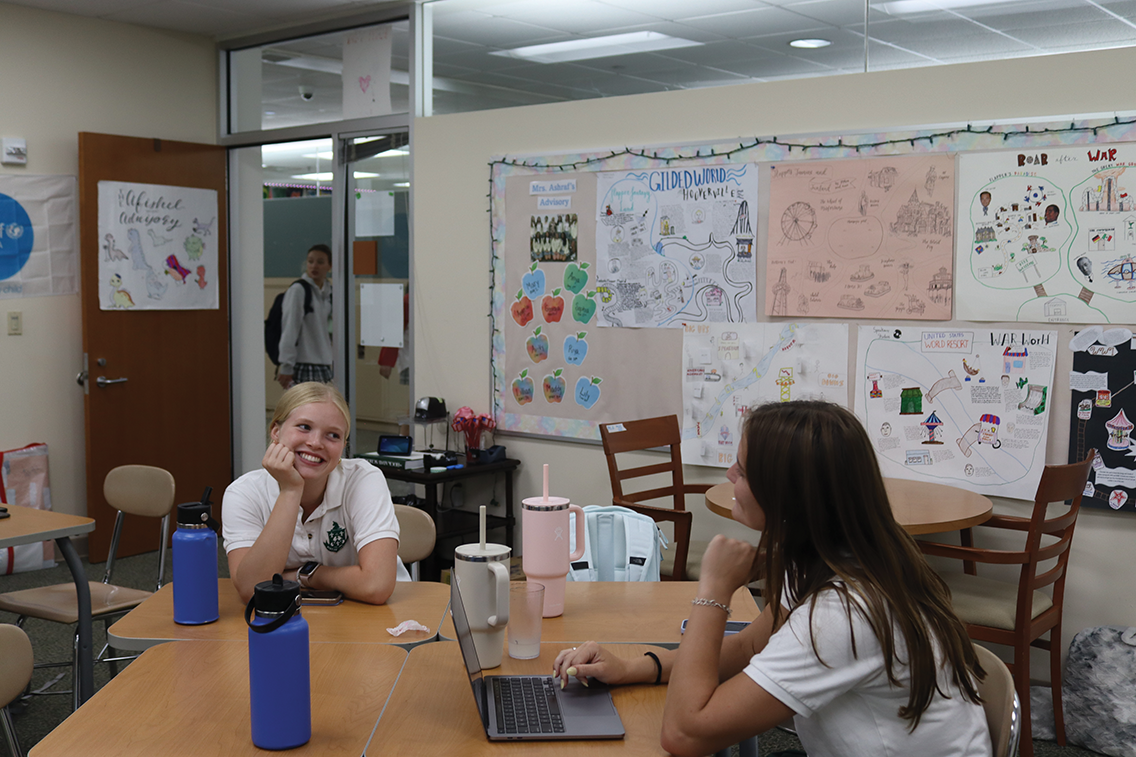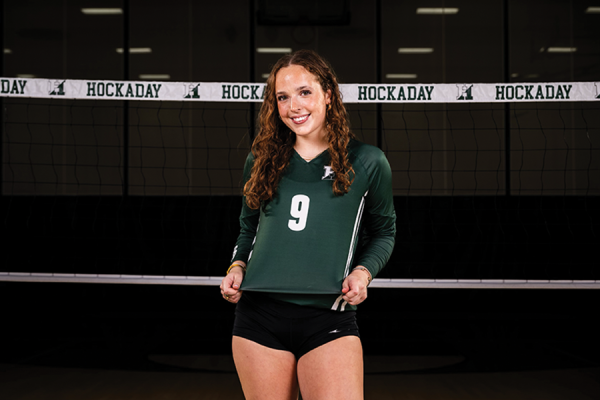Searching for waste solutions
November 11, 2020
With the rise of COVID-19, an increased sensitivity to the spread of germs has exacerbated a growing problem: plastic and food waste during lunch. Each day after lunch, students leave behind multiple plastic containers and uneaten food.
Hillary Cox, the General Manager of SAGE Dining Services, has been implementing new ways to reduce the food and plastic waste produced.
“We’ve adjusted items that we use daily, such as reusable bags versus paper bags,” Cox said. “Also, it always helps for students to rate their meal in the Touch of SAGETM Mobile App so that we know what’s working well and can reduce food waste. We adjust food production numbers based on how popular the items are.”
Like Sage, the housekeeping staff has noticed the increase in waste and the heavier workload placed on the staff as a result. With lunch serving lines placed in locations around the school, the housekeeping staff now spends more time picking up trash in each location.
Carolyn Hoke, who recently retired as head of housekeeping, confirmed this increase in workload.
“Because there are now satellite lunch locations, trash is generated in more places than when everyone ate in Biggs,” Hoke said. “That means that the housekeepers, with support from maintenance, are spending several hours a day collecting trash from Lower School and Upper School lunches. In the Lower School, three to four housekeepers not only remove the full trash bags but they also make sure the student desks are clean for afternoon classes.”
Furthermore, students have recently been throwing away food waste into recycling bins, making the job even more difficult for housekeeping staff. Only clean containers can be recycled; everything else needs to go in the trash.
Students can alleviate some of this workload in several ways. By consolidating their trash into the smallest footprint possible, such as putting smaller containers inside larger containers, the bulkiness of the trash will be reduced. Water bottles and milk cartons should be emptied to help lessen the weight in the trash bags, and empty water bottles can go into the recycling containers.
Despite the measures the school has taken to identify and reduce waste, it is part of a larger worldwide problem. Earlier in the year, with lock-downs to reduce the spread of corona virus, worldwide demand for petroleum has drastically plummeted, thus making the production of plastic from fossil fuels cheaper than the act of recycling. While emissions of CO2 plummeted during lock-down, the concentrations of the long-lasting gas are increasing in the atmosphere.
Junior Camille Green said we need to act before it is too late.
“The waste that we are now producing is truly alarming,” Green said. “This is our wake up call to change our wasteful lifestyles before the global damage supersedes any solution.”










